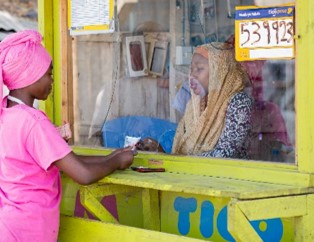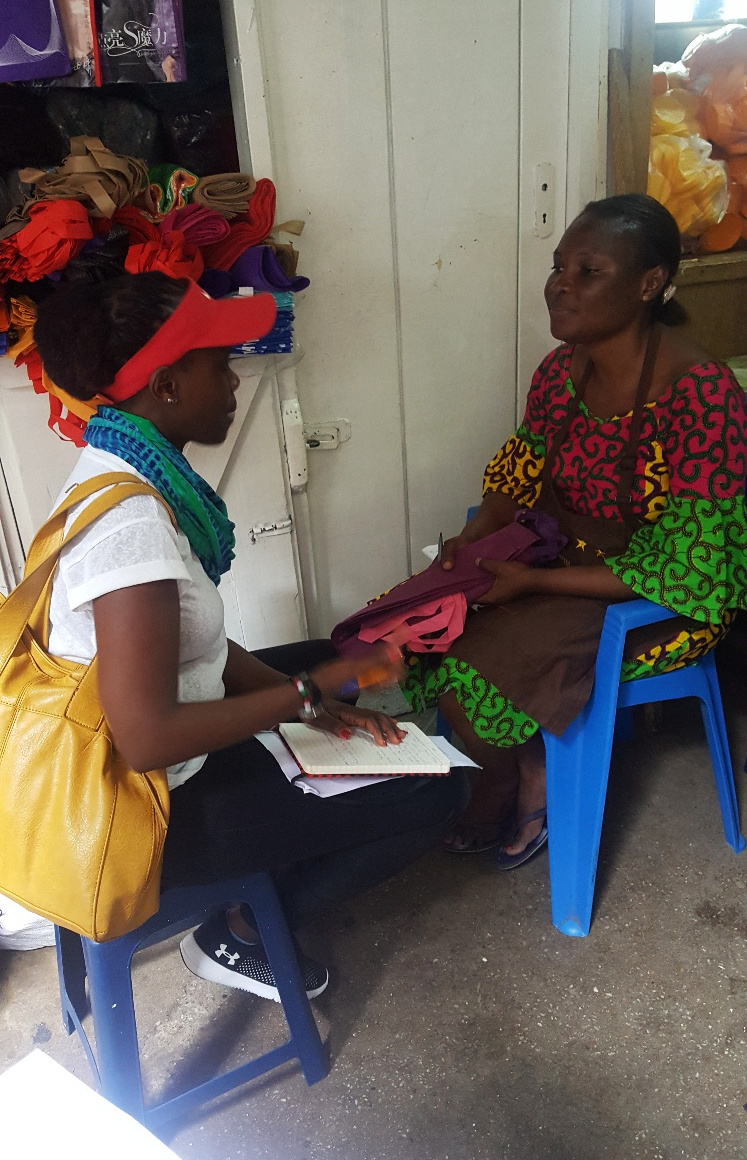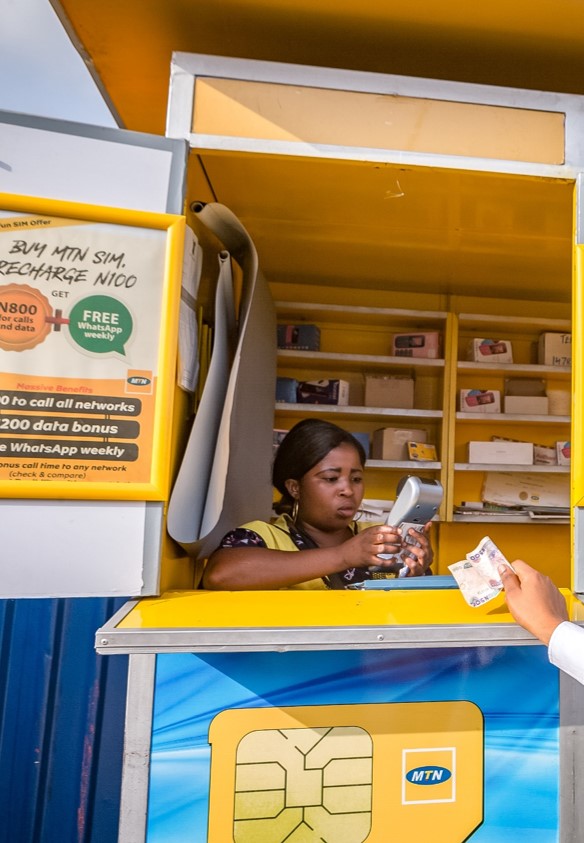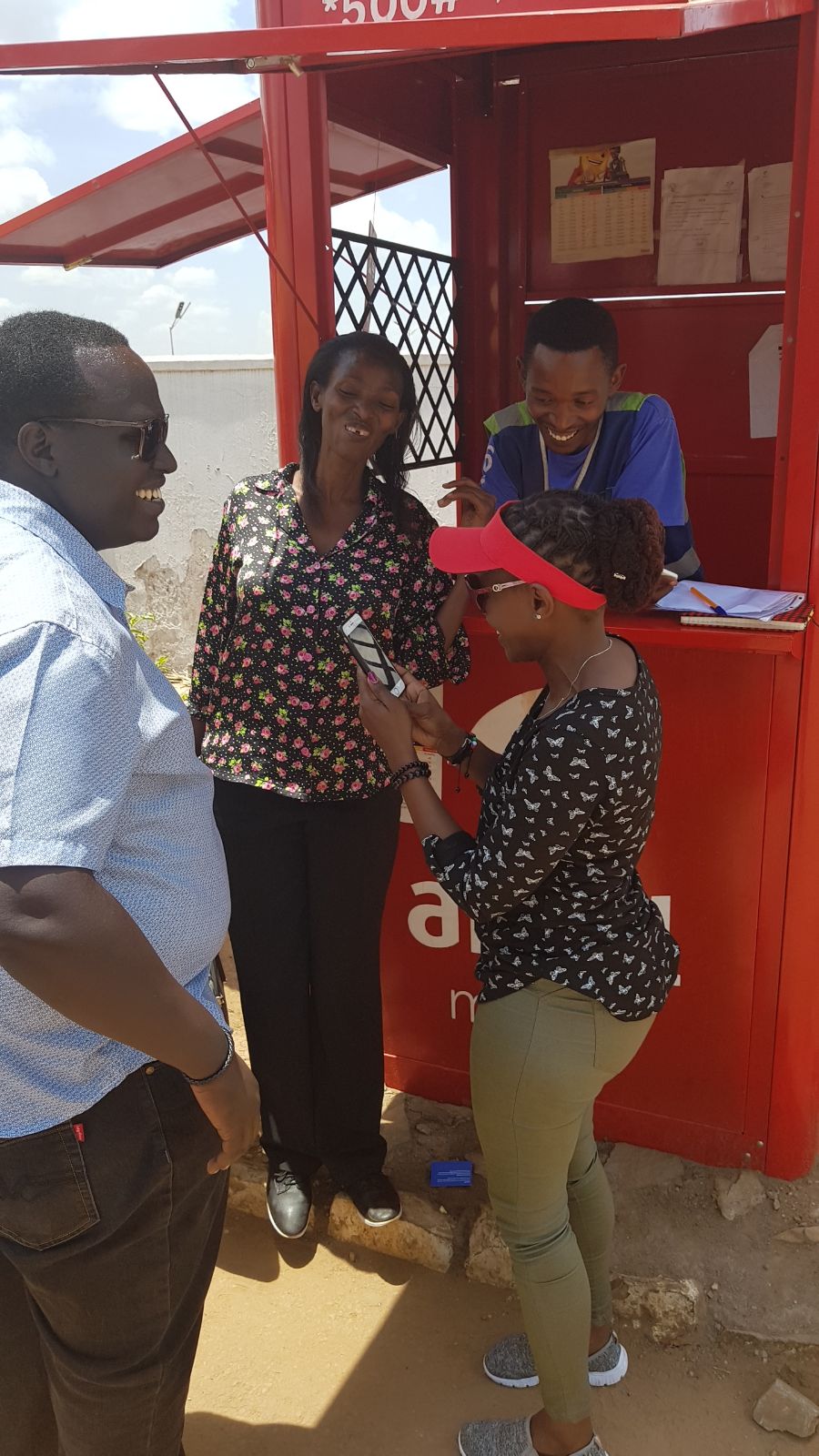How much do mobile operators need to adapt?

The differing needs of women, in low-and middle-income economies, in accessing digital financial services are well documented. A key question is, how can mobile operators adapt existing distribution networks to accommodate women’s requirements and will the introduction of female agents drive uptake of financial services by women.
Mobile phone ownership has increased in low-and middle-income countries (LMICs), with 80% of women now owning a mobile, however 197m women are still without mobiles and 313 million fewer women than men use mobile internet. This persistent mobile gender gap extends to mobile money with less women using a range of mobile financial services than men. This has a direct impact on the opportunity for mobile operators to maximise full earning potential (customer acquisition and ARPU).
Here we highlight three of the key areas for consideration by mobile operators in adapting distribution networks, to meet the needs of the excluded female customer base and in doing so, maximise return on investment.
- Women’s needs vary by context but some trends emerge.
Many factors impact on women’s access to mobile agents which in turn will influence their potentially life-enhancing adoption and usage of the service. Women are more likely to be committed to the family home than men, leading time-poor, busy lives and having less disposable income. Women are often more cautious about trying mobile services as they are more likely to lack confidence than men, fear making a mistake, appearing vulnerable and losing money.
 Women are more likely to experience safety and harassment concerns related to mobile services and agents more than men are. In some settings, social norms prevent women from visiting male agents unaccompanied. Women themselves, or their gatekeepers, may feel it is inappropriate considering them too male-oriented, unwelcoming and too ‘hi-tech’. Some women may simply feel that the agent location is unsafe for them to frequent. They can also experience harassment as a result of their mobile number and personal details being over-heard or exploited by the agent when they share it for top-up or registration. Trust can play a key role. Women are often less confident to approach a male agent (compared to a female one) and have less confidence to ask for assistance.
Women are more likely to experience safety and harassment concerns related to mobile services and agents more than men are. In some settings, social norms prevent women from visiting male agents unaccompanied. Women themselves, or their gatekeepers, may feel it is inappropriate considering them too male-oriented, unwelcoming and too ‘hi-tech’. Some women may simply feel that the agent location is unsafe for them to frequent. They can also experience harassment as a result of their mobile number and personal details being over-heard or exploited by the agent when they share it for top-up or registration. Trust can play a key role. Women are often less confident to approach a male agent (compared to a female one) and have less confidence to ask for assistance.
- Female agents play a pivotal role but they too have unique challenges to overcome.

There is evidence that female agents improve acquisition and retention of both female and male customers. They tend to appeal more to women, who are half of the potential customer base. They have proven to offer enhanced customer service with higher activity rates than their male counterparts.
There is also evidence that recruiting female agents brings socio-economic benefits to the women, families and their communities. This includes providing a source of income; a feeling of increased empowerment and confidence; and improved business skills. It can also elevate women to leadership positions in the community, helping to break down gender biases.
However, cultural norms favouring the males in the family can make recruiting female agents a challenge. A women’s decision to become an agent may depend on her husband and wider family approval. Married women may require spousal permission to take up employment, sign a contract and open a bank account.
Female agents may be restricted to operating from home with minimal branding as opposed to their male counterparts who tend to operate outside of the home and can brand themselves clearly and carry out extensive promotional activities.
Other barriers include the fact that family responsibilities can limit their operational capacity resulting in shorter operating hours. As well as this, it is not uncommon for female agents to require a male chaperone to visit the bank, affecting frequency of liquidity rebalancing.
- Investment in agent recruitment, training and ongoing loyalty is key.
When recruiting agents, it is important to consider a range of issues including their motivation to become an agent, their level of access to households in the community, their ability to influence women and men, and the extent to which they use and are familiar with mobile products and services.
 For female agents specifically it is also essential to take into account the level of support they may need from male household members. In many settings women are more likely to sign-up and become successful agents if their husbands and fathers are on-board. It is equally important to understand the lifestyles of women and their families, such as recognition of childcare needs and household duties.
For female agents specifically it is also essential to take into account the level of support they may need from male household members. In many settings women are more likely to sign-up and become successful agents if their husbands and fathers are on-board. It is equally important to understand the lifestyles of women and their families, such as recognition of childcare needs and household duties.
When designing a training programme mobile operators will need to support agents in understanding the specific needs of their female customers. For instance, women may:
- Require more time to trust and have confidence in using handsets and mobile services than men
- Value hands-on demonstrations
- Have an interest in hearing how to avoid safety and security issues including learning how to set-up call-blocking or privacy settings
A significant impact can be made when content is tailored for the local context, identifying what agents will need to know to best address female customer’s needs. It is also important to ensure training is offered to both the person actually serving female customers well as the local shop owner themselves.

It does not end there. Maintaining a focus on female customers within the agent network and ensuring that female agents are adequately supported requires planning and commitment. It is important, for example that agent support teams do not consciously or unconsciously support female agents less than male agents as a result of local social norms and that male support staff are sensitive to the concerns and challenges that female agents are likely to face.
Consideration needs to be given to how best to incentivise and support agents to help drive female adoption and usage and keep female customers engaged and supported, after the initial registration and training, to drive their brand loyalty and commercial performance.
Connected Women continue to explore this topic. Upcoming insights intend to highlight examples of how agent networks have successfully reached more female customers and more importantly look at practical recommendations of how to adapt existing agent networks to accommodate the differing needs of women and drive increased adoption and use of mobile financial services.
For now, it is clear that the mobile gender gap persists. Take no action and that divide is likely to increase. Proactive action is required. Investing in agents, including female agents, presents commercial and socio-economic benefits, felt by mobile operators, women customers and female mobile money agents. All contributing to closing the mobile gender gap.

